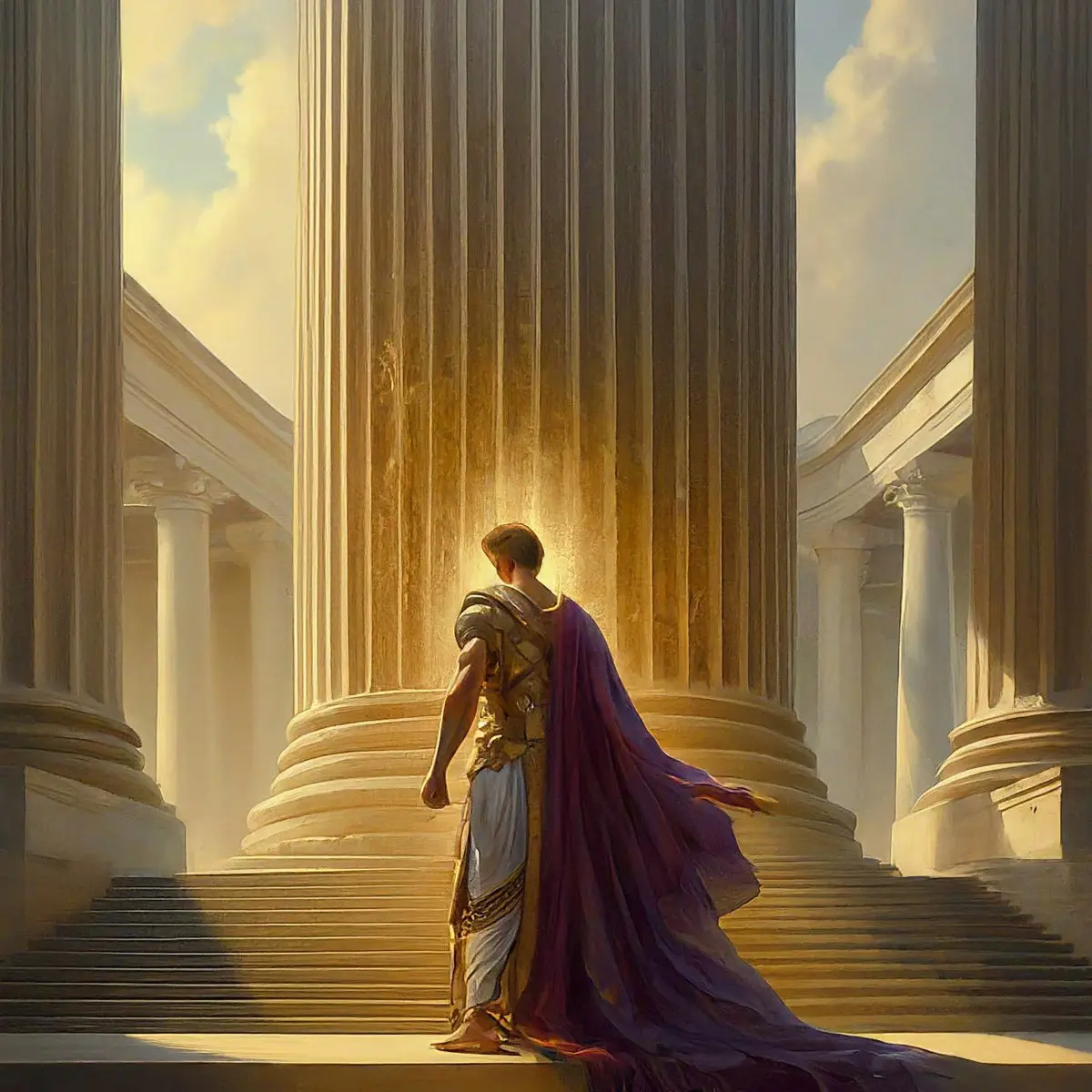Neoclassicism
Neoclassicism painting is an 18th-century art style that emerged as a reaction to the ornate and dramatic Baroque and Rococo styles, characterized by a return to the ideals of classical antiquity, emphasizing clarity, order, and restraint. Neoclassical artists drew inspiration from ancient Greek and Roman art and architecture, focusing on simplicity, harmony, and moral seriousness.
Key Characteristics of Neoclassicism Painting
- Classical Themes and Subjects:
- Neoclassical paintings often depict scenes from ancient history, mythology, or classical literature, emphasizing themes of heroism, civic virtue, and moral integrity.
- Example: Jacques-Louis David's The Oath of the Horatii, which portrays Roman soldiers swearing allegiance to the state, exemplifying sacrifice and duty.
- Focus on Line and Form:
- Neoclassical art prioritized clean, precise lines and well-defined forms, aiming for clarity and structure in composition. The figures often appear sculptural, with a sense of idealized perfection in their proportions and poses.
- Example: Jean-Auguste-Dominique Ingres's La Grande Odalisque, where the figure is rendered with smooth lines and elegant contours.
- Emphasis on Moral and Intellectual Themes:
- Neoclassicism was closely tied to Enlightenment values, promoting reason, civic responsibility, and ethical behavior. Many Neoclassical works are didactic, meant to teach moral lessons or inspire virtuous behavior.
- Example: David’s The Death of Socrates, which depicts Socrates calmly accepting his fate, embodying philosophical virtue and moral courage.
- Restraint and Simplicity:
- Neoclassical paintings avoid the excessive ornamentation and emotional drama of Baroque and Rococo art. Instead, they favor balanced, symmetrical compositions, muted color palettes, and an overall sense of calm and order.
- Example: Angelica Kauffman's Cornelia, Mother of the Gracchi, which portrays a simple, restrained scene of a Roman matron teaching her children about virtue.
- Idealized Figures:
- Figures in Neoclassical paintings are often portrayed in an idealized manner, echoing the perfection and harmony of ancient sculptures. Human anatomy is depicted with attention to classical proportions and dignity.
- Example: Antonio Canova’s works, though sculptures, represent the same idealized human form seen in Neoclassical painting.
- Muted Color Palette:
- Neoclassical artists used a restrained and often subdued color palette, focusing more on the composition and clarity of the figures rather than bold or vibrant colors.
- Example: David’s The Intervention of the Sabine Women uses soft colors and tones to emphasize the nobility of the figures and the calm resolution of conflict.
- Inspiration from Classical Architecture and Sculpture:
- Neoclassical artists were heavily influenced by the rediscovery of ancient Roman and Greek architecture and sculpture, incorporating classical architectural elements like columns, arches, and drapery into their works.
- Example: David’s The Lictors Bring to Brutus the Bodies of His Sons, where the background features classical architecture, reinforcing the connection to ancient Rome.
Common Themes in Neoclassicism
- Heroism and Sacrifice: Neoclassical works often depict scenes of personal or public sacrifice, celebrating the virtues of bravery, honor, and duty.
- Civic Virtue: Many Neoclassical paintings emphasize the importance of public service, patriotism, and selflessness, often using historical or mythological figures as exemplars of these values.
- Historical and Mythological Narratives: Stories from Greco-Roman history and mythology are frequently portrayed, often with a focus on moral lessons or exemplary figures.
Famous Neoclassical Painters and Works
- Jacques-Louis David:
- A leading figure in Neoclassicism, David’s works like The Oath of the Horatii and The Death of Marat epitomize the style’s emphasis on moral seriousness, clarity, and classical themes.
- Jean-Auguste-Dominique Ingres:
- Ingres, a student of David, continued the Neoclassical tradition with works such as La Grande Odalisque and Napoleon I on His Imperial Throne, blending classical form with idealized portraiture.
- Angelica Kauffman:
- One of the few prominent female painters of the time, Kauffman was known for her Neoclassical works, such as Cornelia, Mother of the Gracchi, which celebrated the moral virtues of motherhood and education.
- Antonio Canova (sculptor):
- Though primarily a sculptor, Canova’s works, such as Psyche Revived by Cupid's Kiss, reflect the same Neoclassical ideals of beauty, order, and emotional restraint.
Neoclassicism painting is defined by its return to the ideals of classical antiquity, with an emphasis on clarity, order, and moral seriousness. It features balanced compositions, idealized figures, and classical themes, often portraying heroic or moral stories that reflect the values of the Enlightenment. The style contrasts with the ornate and emotional excesses of the Baroque and Rococo periods, favoring simplicity, restraint, and intellectual depth.
Neoclassicism Painting with a theme of Heroism and Sacrifice
Neoclassicism painting with themes of heroism and sacrifice elevates the individual's moral virtues ...

